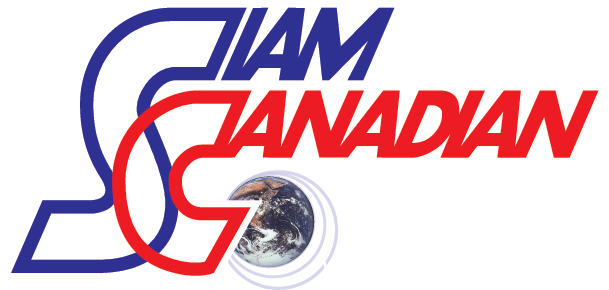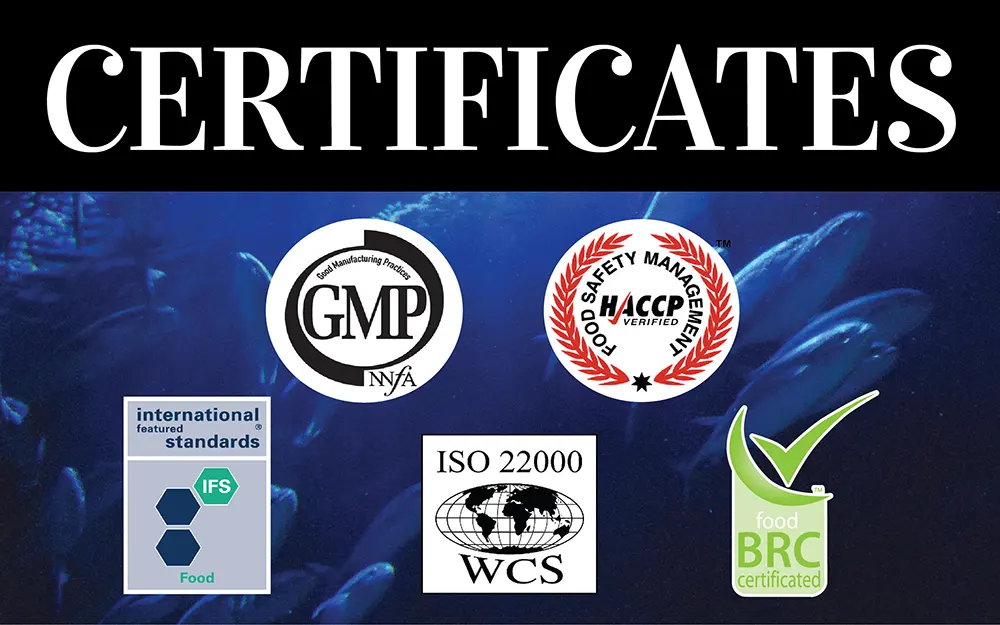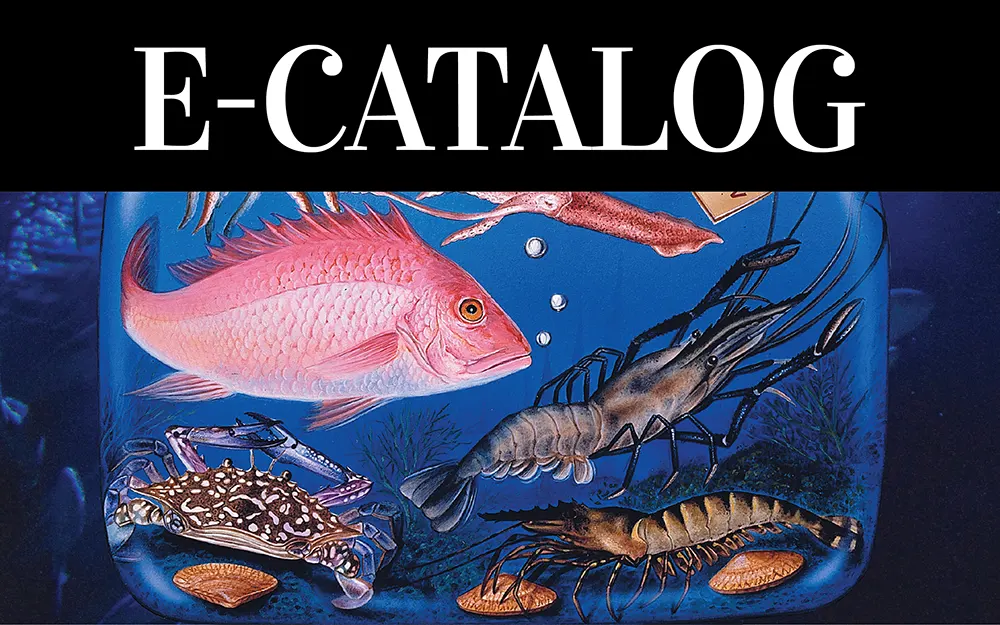Shrimp farmers in Thailand look set to focus on small sizes this year, while more production from giant CP Foods going into its own value-added plants. Although Indonesia is producing more small shrimp, its focus is still on large sizes.In Thailand, shrimp farmers are producing more small sizes, because of high volumes expected from Indonesia and India on large vannamei.
“The continuous high prices on small size-raw material have led many farmers to focus on raising small sizes for the market,” said Jim Gulkin, managing director of Thailand-based frozen seafood supplier Siam Canadian Group.
Unless the market trend changes, farmers will likely keep on raising small sizes, he told IntraFish.
“Price on large size raw material slumped as demand shrunk and strong supply was available from India and Indonesia making price gap between large and small shrimp too small for Thai farmers to see much incentive in raising large shrimp,” he said.
“The shrimp farming pattern has changed, so total output in terms of tonnage could be less than that of last year,” said Gulkin.
This information matches a report provided by Don Berger, buying and marketing director with US-based Sea Lion International.
“The price on small sizes is still high from the high demand. Many farmers have changed to focus on raising small sizes when prices are more attractive,” said Berger’s report, from a source in Thailand.
At the same time, the raw material prices on large size-products – such as cooked and peeled, tail-on (CPTO) 26/30 and larger and EZ peel 21/25 and large – are down because of lower demand from the market, as Indonesia has been more competitive on these size during the past two months, the report said.
Ernie Wayland, executive vice president with US shrimp and seafood importer International Marketing Specialists (IMS), sees these price developments.
“Large whites in the 16/20 and 21/25 headless, shell-on (HLSO) sizes have pushed the market down about $1 (€0.75) since last mid-year,” he told IntraFish. “There is still a lot of discounting going on to move this inventory.”
Medium and smaller sizes are short and Wayland is seeing some price increases in these sizes. “So, conventional wisdom tells us that this current market environment will continue until new season production comes to the market from May to July.”
Arianto Yohan, export manager with Indonesian shrimp farming giant Central Proteinaprima (CP Prima), said farmers will product more smaller sizes than last year, but still on larger shrimp.
“With raw material prices started to climb up, farmers will try to manage their sizes better, though there are more possibilities on bigger sizes,” he told IntraFish.
Last year, Indonesian farmers made “good money” on large sizes, he told IntraFish, adding CP Prima plans to produce 60,000 metric tons of farmed volume in 2012, after exporting 31,500 metric tons in 2011 from 54,000 metric tons of farmed volume.
“This year, with raw material prices for bigger sizes lower – compared to small sizes which have only come down a little – the sizes of harvest may spread out and volume will be slightly lower,” he said.
Aside from the possible impact of weather and disease, the main factor in Indonesia’s volume this year will be the margin farmers make, which will depend on how much shrimp they try and produce.
“I think they have learned to spread the sizes,” he said.
Berger’s report from Indonesia backs up Yohan’s viewpoint.
Although farmers in Indonesia will go after big sizes, the methods of farming being used following the problems with infectious myonecrosis virus (IMNV) over the last year means farmers have adjusted methods and will produce more small sizes, the report said.
However, not much of this will be available for export.
They are using less fry per square meter in the ponds and are also using partial harvests, where they will harvest on 70 days of growing and then leave the rest of the shrimp to grow bigger. “This way Indonesia will have around 70/80 head-on (HO) sizes – about 41 and 51head-less (HL) count – and then jump to 16 – 26 HL count,” said Berger’s report.
This will create an output of smaller shrimp, but the volume will be small and the domestic demand for such sizes is strong, said the report.
“Small sizes are available, but limited for the export market. Partial harvest is normally done in the east part of Indonesia, while in the west they still do straight growing from seeding to harvest, but they don’t grow shrimp too big. This area main sizes are still on 21/25 and 26/30.”
Steady supply
Generally, supply in Thailand remains steady, said both Gulkin and the report from Berger.
The main harvest months this year should be from May up to October. We do not expect an oversupply situation this year,” Gulkin told IntraFish.
Packers in Thailand have expanded processing capacity in recent years so processing capacity may be higher than raw material production capacity, said Gulkin.
This has been a big factor in keeping raw material prices firm from the second half 2010 throughout 2011 and now into 2012
However, Gulkin feels prices are more than likely to come down slightly in 2012.
“I think unlikely unless we have big disease or weather problems. I would think that average prices this year will be slightly lower than last year. They have come down a little last week and I expect they will come down further but once the buying season starts they will bounce again.”
Prices for 41/50 CPTO vannamei from Thailand are $4.80 (€ 3.62) per pound and $3.60 (€2.71) per pound for HLSO EZ peel, he said.
A European shrimp buyer told IntraFish that making prices predictions for this year – or any – is difficult.
“This is shrimp farming; you don’t know what will happen. Last year was supposed to be very good, and then look what happened with the flooding in Thailand. You never know when disease or bad weather can hit.”
Thiraphong Chansiri, president of one of Thailand’s largest shrimp processors, Thai Union Frozen Products, said he expects prices for raw material to be up 5 percent this year, on average.
The shrimp “business will get more and more unpredictable and difficult and we will have to monitor the market closely,” he told IntraFish.
As a result, Thai Union is selling on shorter contracts.
“That is why we don’t want to sell long, as we want to be able to adjust the prices according to supply,” said Chansiri. “It’s not just enough to look at your own country situation; we have to watch the markets in Vietnam, India, Indonesia and Latin America.”
In addition, shrimp farmers have made good profits in recent years and have become more skilled at understanding the market and avoiding oversupply, he said.
Some, such as Charoen Pokphand Foods (CPF), the Thai agribusiness giant and the world’s largest shrimp farmer, are processing more of its own raw material in its value-added plants.
The single largest shrimp farming group in Thailand CPF, used to supply a considerable volume of their raw material harvest to the market, said Gulkin.
“However they currently supply much less into the market for other processors, as their own value-added plants have been absorbing more and more of the harvest,” Gulkin told IntraFish.
CPF is using larger volumes of shrimp in processed items, such as its wanton soup products, but that is not all.
“It is likely that they will increase their own production this year of standard commodity shrimp items – such as EZ peel, CPTO, peeled and deveined (P&D).”
Source:
Contact us for more formation:
Email: info@siamcanadian.com



